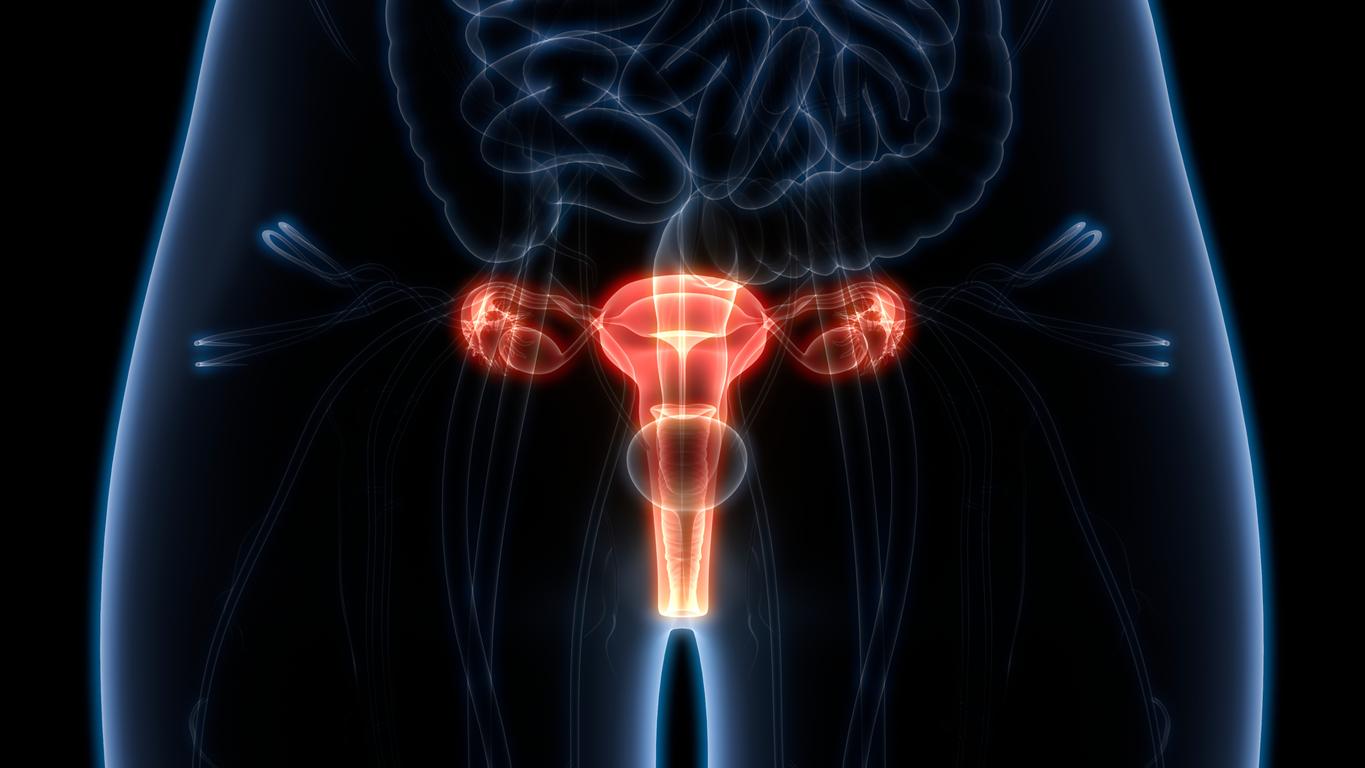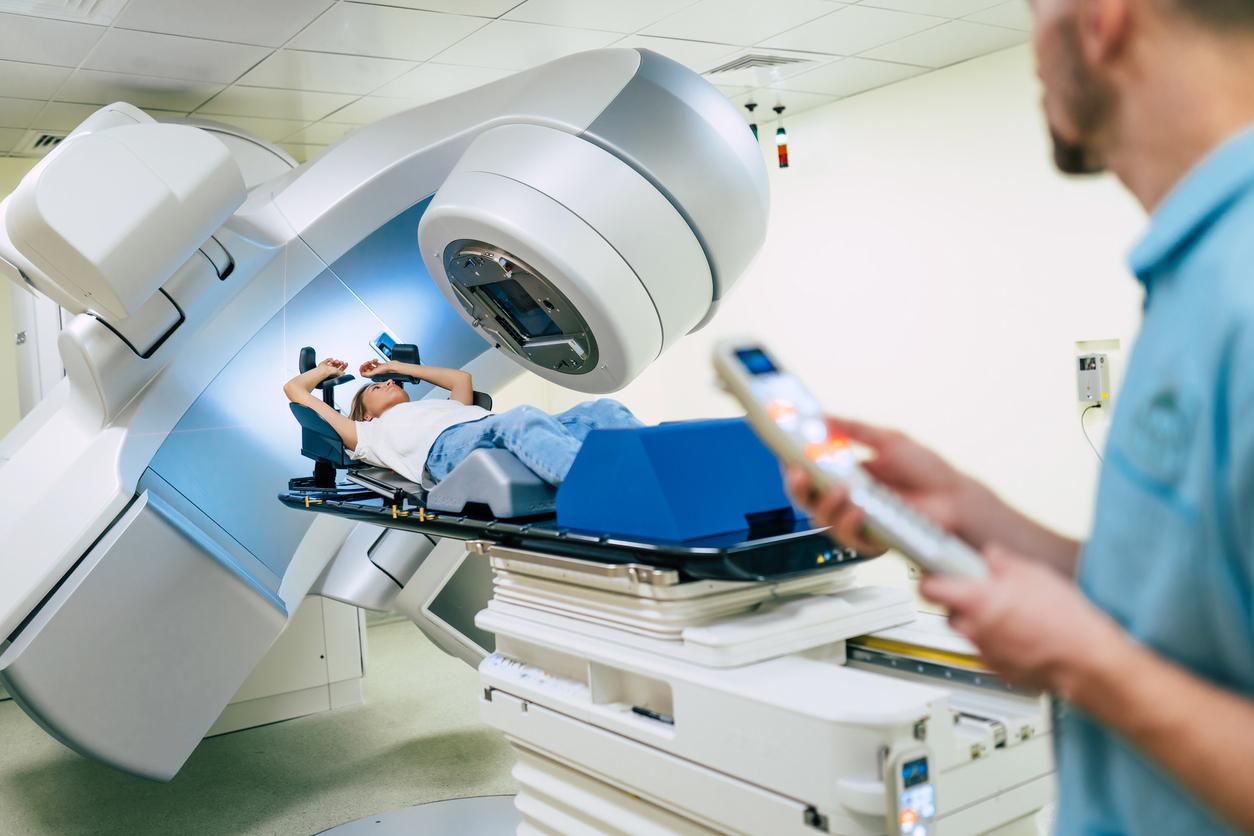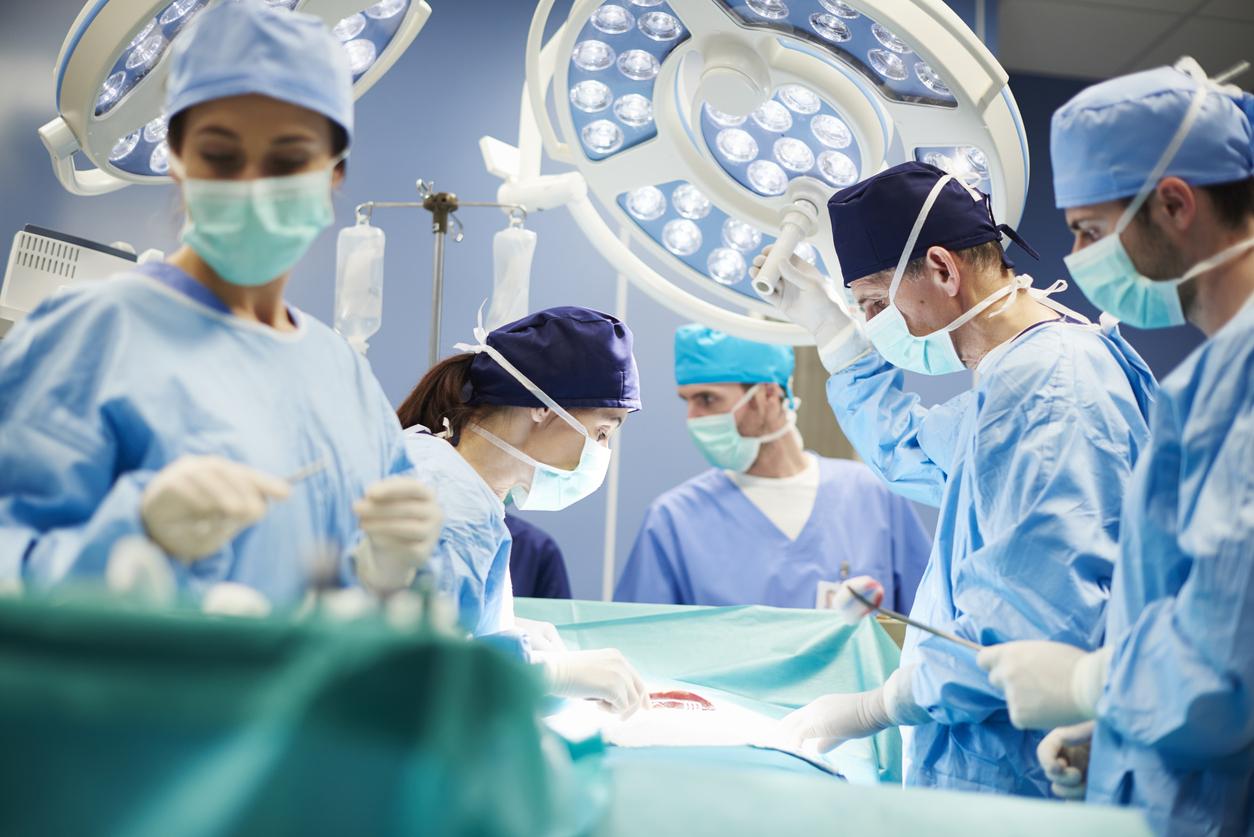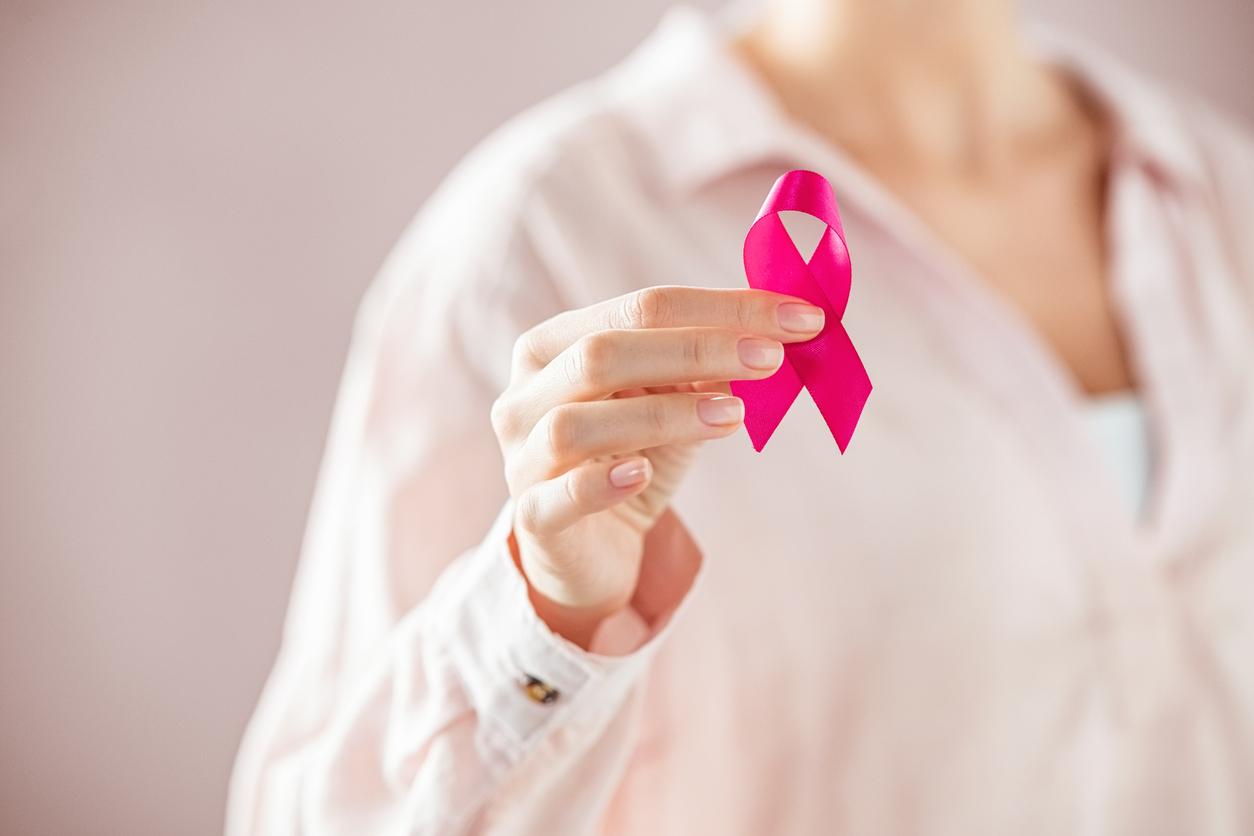Carrier of a BRCA1 gene mutation, Allyn Rose is at increased risk of developing breast cancer. Like many American women, she will undergo a preventive double mastectomy. France is less radical.

Last week in Las Vegas, Allyn Rose missed the last step of the podium. The New York beauty stole the crown of Miss America 2013 from her. Yet it is the name of Allyn Rose that Americans will remember. Its history has toured the United States. Crowned Miss Maryland, this young 24-year-old law student, with perfect plastic, has announced that she will undergo a double mastectomy next June. “I prefer life to beauty,” she said to justify her decision to have both breasts removed.
Allyn Rose has a genetic predisposition to develop breast cancer. 5 to 10% of breast cancers are hereditary. She carries a mutation in the BRCA1 or BRCA2 gene. “These two genes are involved in repairing the damage that DNA regularly undergoes,” explains a document from theNational Cancer Institute (INCA). The presence of mutations in one of these two genes disrupts this function and greatly increases the risk of breast and ovarian cancer ”. For the breast, the risk of cancer varies from 40% to 80% over a lifetime, depending on the studies, the type of gene involved, the family history of breast cancer, and age. It is estimated that 2 in 1000 women are carriers of this mutation.
The family story told by the young American fits perfectly with the description of people at risk: “My mother had her right breast removed at 27, says Allyn Rose, but at 47 or 48, it came back to life. the left breast ”. By the time of this second diagnosis, her mother’s cancer was already in stage three. She died at the age of 51. To convince her to have an operation, her father did not hesitate to tell her: “you will end up dead like your mother”.
In the United States, thousands of young girls carrying this genetic anomaly carry out this preventive removal of both breasts. This technique is part of the medical recommendations. If the intervention does not eliminate the risk of developing cancer, it reduces the probability: 4 to 5% against 40 to 80% without a mastectomy and with a risk of death that drops to 2% against 30 to 40%. The benefit is maximum if the intervention is carried out before the age of 40.
In France, if there is no official recommendation, the solutions proposed are less radical than on the other side of the Atlantic. The care is organized, coordinated and led by a referring physician working in a multidisciplinary team taking care of hereditary forms of cancer. Specialists recommend regular monitoring from the age of 20 and breast radiological monitoring from the age of 30. It consists of performing, over a period not exceeding 2 months, a mammogram, an ultrasound in case of dense breasts, and an MRI examination. there is no time limit for this clinical follow-up. The same is true for imaging screening. But “all women carrying these genetic mutations will not systematically develop breast cancer one day,” says the Inca.
Find out more
.















